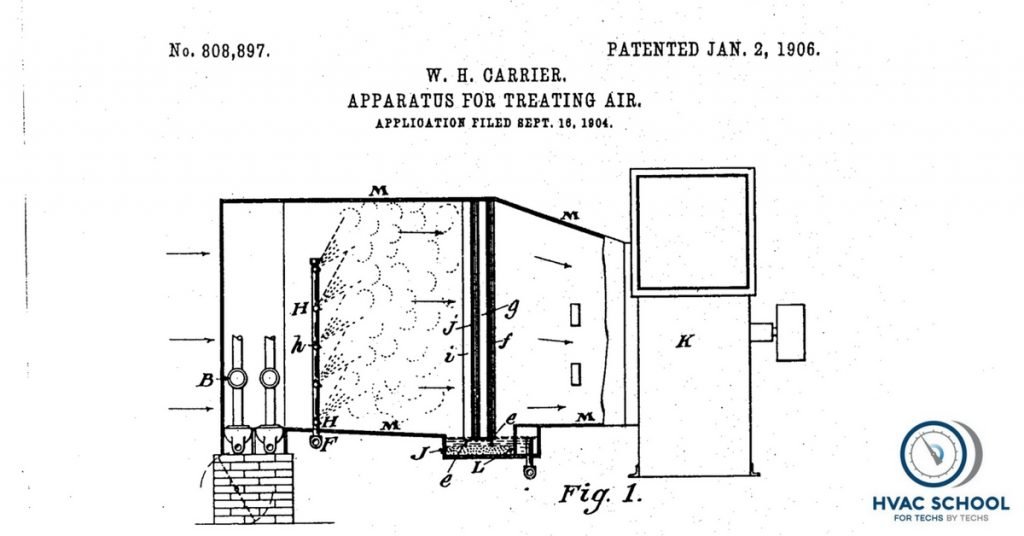Airflow – Latent, Sensible, WB, DB, RH and Static

In this episode, Bryan talks a bit about the air side of the system. Understanding airflow is all about seeing the relationship between readings. We cover latent and sensible heat, relative humidity, wet and dry-bulb temperatures, and static pressure.
Latent and sensible heat refer to heat that we can feel (sensible) or heat that contributes to a phase change and cannot be felt (latent). Both latent and sensible heat have a major impact on equipment sizing, especially in coastal regions and other areas where humidity is naturally high. When we attempt to control sensible and especially latent heat, we have to look at the airflow over the evaporator coil. When you run the blower more slowly, you pull more moisture (latent heat) at the expense of efficiency and capacity. Therefore, for peak capacity, efficiency, and sensible heat removal, you will want to max out the blower speed.
Delta T (or air temperature split) is another important reading. Delta T is the temperature differential from the return to the supply. When you measure delta T with a dry-bulb thermometer, you will only get a sensible heat measurement. You need a wet-bulb temperature reading to account for humidity and latent heat changes. Relative humidity (RH) is the ratio of moisture in the air compared to the maximum at that temperature. Therefore, wet and dry-bulb temperatures are the same at 100% relative humidity.
Static pressure is an indicator of airflow, but it isn't airflow. Static pressure is essentially resistance pressure that exerts itself on all surfaces. It is not the force of air flowing through the duct (that's velocity pressure).
Also, consider adding a differential manometer to your toolbox. They make measuring TESP a breeze.
As always, if you have an iPhone, subscribe HERE, and if you have an Android phone, subscribe HERE.
Author:









Comments
To leave a comment, you need to log in.
Log In